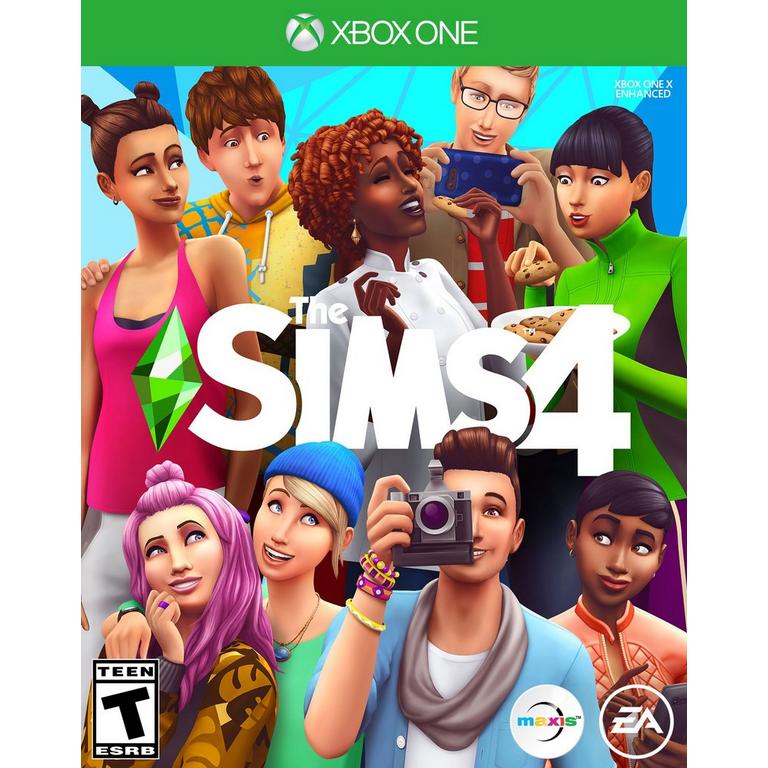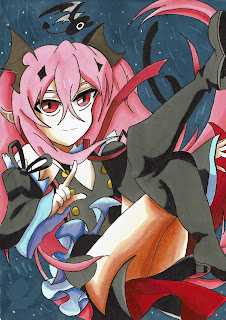Game Fun
In Natural Funativity, talks about tying gameplay to key aspects of our evolutionary history, namely hunter gathering. He thinks its possible to measure fun objectively when you measure the games abillity to deliver physical, social and mental fun. Games using the theme of survival are linked to our hunter gatherer instinct so people enjoy them as they provide physical fun. These games involve gathering and or collecting, or just surviving, I will be using the gathering collecting idea in my game. Social fun is in games that have a kind of story and characters and may involve multiplayer. Mental fun is found in games that allow us manipulate and recognize patterns such as Tetris.
In Clubs, Diamonds, Hearts, Spades. The writer identifies people who enjoy MUD's (Multi User Dimmension Games) as people who enjoy Achievement (reaching goals), exploration and socialisation. In my game I hope to use achievement and exploration to enhance player enjoyment.
In MDA Framework the author identifies eight types of fun under aesthetic components. I found it interesting to see how different games use aspects like fantasy, challenge, narrative, fellowship, discovery to create fun or gameplay. I hope to use challenge (getting around obstacles) and discovery (exploring the world) to create more fun for the user. From additional readings, I enjoyed How to Prototype which gives good tips. Like limiting the interface (no clutter) and sticking to core mechanics, no graphic. I used these ideas for my prototype. This article on playtesting, Playtest Notes on Initiative, recommends only changing one rule at a time. This means that next time you playtest the effects of the change are easier to measure and understand. This is useful advice as I hope to be playtesting my game soon.
In Clubs, Diamonds, Hearts, Spades. The writer identifies people who enjoy MUD's (Multi User Dimmension Games) as people who enjoy Achievement (reaching goals), exploration and socialisation. In my game I hope to use achievement and exploration to enhance player enjoyment.
In MDA Framework the author identifies eight types of fun under aesthetic components. I found it interesting to see how different games use aspects like fantasy, challenge, narrative, fellowship, discovery to create fun or gameplay. I hope to use challenge (getting around obstacles) and discovery (exploring the world) to create more fun for the user. From additional readings, I enjoyed How to Prototype which gives good tips. Like limiting the interface (no clutter) and sticking to core mechanics, no graphic. I used these ideas for my prototype. This article on playtesting, Playtest Notes on Initiative, recommends only changing one rule at a time. This means that next time you playtest the effects of the change are easier to measure and understand. This is useful advice as I hope to be playtesting my game soon.




Comments
Post a Comment